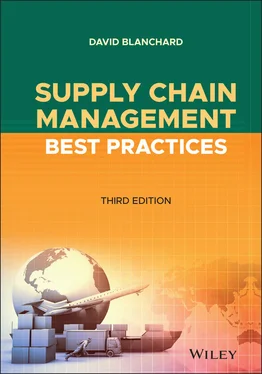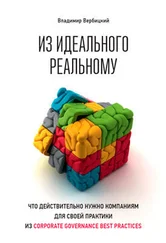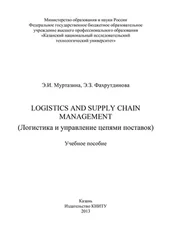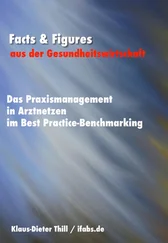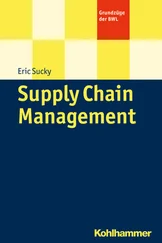189 190
190 191
191 192
192 193
193 194
194 195
195 196
196 197
197 198
198 199
199 200
200 201
201 202
202 203
203 205
204 206
205 207
206 208
207 209
208 210
209 211
210 212
211 213
212 214
213 215
214 216
215 217
216 218
217 219
218 220
219 221
220 222
221 223
222 224
223 225
224 226
225 227
226 228
227 229
228 230
229 231
230 232
231 233
232 234
233 235
234 236
235 237
236 239
237 240
238 241
239 242
240 243
241 244
242 245
243 246
244 247
245 248
246 249
247 251
248 252
249 253
250 254
251 255
252 256
253 257
254 258
255 259
256 260
257 261
258 262
259 263
260 264
261 265
262 266
263 267
264 268
265 269
266 271
267 272
268 273
269 274
270 275
271 276
272 277
273 278
274 279
275 280
276 281
277 282
278 283
279 284
280 285
281 286
282 287
283 288
284 289
285 290
Supply Chain Management Best Practices
Third Edition
DAVID BLANCHARD

Copyright © 2021 by David Blanchard. All rights reserved.
Published by John Wiley & Sons, Inc., Hoboken, New Jersey.
Published simultaneously in Canada.
No part of this publication may be reproduced, stored in a retrieval system, or transmitted in any form or by any means, electronic, mechanical, photocopying, recording, scanning, or otherwise, except as permitted under Section 107 or 108 of the 1976 United States Copyright Act, without either the prior written permission of the Publisher, or authorization through payment of the appropriate per-copy fee to the Copyright Clearance Center, Inc., 222 Rosewood Drive, Danvers, MA 01923, (978) 750-8400, fax (978) 646-8600, or on the Web at www.copyright.com. Requests to the Publisher for permission should be addressed to the Permissions Department, John Wiley & Sons, Inc., 111 River Street, Hoboken, NJ 07030, (201) 748-6011, fax (201) 748-6008, or online at www.wiley.com/go/permissions.
Limit of Liability/Disclaimer of Warranty: While the publisher and author have used their best efforts in preparing this book, they make no representations or warranties with respect to the accuracy or completeness of the contents of this book and specifically disclaim any implied warranties of merchantability or fitness for a particular purpose. No warranty may be created or extended by sales representatives or written sales materials. The advice and strategies contained herein may not be suitable for your situation. You should consult with a professional where appropriate. Neither the publisher nor author shall be liable for any loss of profit or any other commercial damages, including but not limited to special, incidental, consequential, or other damages.
For general information on our other products and services or for technical support, please contact our Customer Care Department within the United States at (800) 762-2974, outside the United States at (317) 572-3993, or fax (317) 572-4002.
Wiley publishes in a variety of print and electronic formats and by print-on-demand. Some material included with standard print versions of this book may not be included in e-books or in print-on-demand. If this book refers to media such as a CD or DVD that is not included in the version you purchased, you may download this material at http://booksupport.wiley.com. For more information about Wiley products, visit www.wiley.com.
Library of Congress Cataloging-in-Publication Data
Names: Blanchard, David, 1958- author.
Title: Supply chain management best practices / David Blanchard.
Description: Third Edition. | Hoboken : Wiley, 2021. | Revised edition of the author’s Supply chain management, c2010.
Identifiers: LCCN 2021010995 (print) | LCCN 2021010996 (ebook) | ISBN 9781119738237 (hardback) | ISBN 9781119738213 (adobe pdf) | ISBN 9781119738190 (epub)
Subjects: LCSH: Business logistics.
Classification: LCC HD38.5 .B476 2021 (print) | LCC HD38.5 (ebook) | DDC 658.5—dc23
LC record available at https://lccn.loc.gov/2021010995LC ebook record available at https://lccn.loc.gov/2021010996
Cover design: Wiley
Cover image: (c) Kentoh/Shutterstock
To Nancy, Julia, and Grace
When I wrote the first edition of this book, the terrorist attacks of September 11, 2001, were still fresh in people's minds and the world was still grappling with new security procedures that changed travel, security, and global supply chains in ways that nobody could have imagined pre-9/11. The US Department of Homeland Security was as frequently mentioned in supply chain circles as the IRS is mentioned at accounting firms. It was pretty much accepted as gospel that the world as we knew it had been changed forever. Welcome, the saying went, to the New Normal, characterized by stringent security measures that would slow global trade to a near halt as cargo and passengers alike would need to be thoroughly screened at every land, sea, and airport.
I wrote the second edition a few years later when the United States, and pretty much the rest of the world, was plunged in what came to be known as the Great Recession. The housing market had tanked, the stock market had crashed, unemployment had spiked, and the new “New Normal,” we were told, would be an economy of very modest growth. Supply chain professionals were being advised to go lean—not just following the principles of continuous improvement, but preparing for an economy that might never fully bounce back.
That brings us to this third edition, which was written while the entire world was grappling with the COVID-19 pandemic. At this writing, while we seem to have gotten past the worst of the virus, and while the rapid development and distribution of vaccines are bolstering hopes that the pandemic could soon be downgraded to just a really bad health situation, it’s unclear as to exactly when, or if, we’ll see what the Next Normal looks like. It's safe to say that even after the impact of COVID-19 has faded somewhat into memory, there will always be another crisis or another “we've never seen anything like this before” moment on the global supply chain stage.
*
When you give a book a title like Supply Chain Management Best Practices , there's not much mystery in what it's going to be about. Throughout its 16 chapters, this book will identify some of the best supply chains in the world, describe in detail what it means to have a “best-in-class” supply chain, and offer suggestions—in the form of best practices—on how to build a world-class supply chain.
This book is largely told through the experiences of supply chain practitioners and experts. The companies and the people referred to in this book are real, as are their accomplishments (and, in some cases, their failures). What sets this book apart from other supply chain books is that I have taken a journalist's approach to the subject rather than an academic's or a consultant's. As the editorial director of a diverse group of trade publications, I've had access to supply chain professionals at companies of all sizes, in dozens of different industries. So in writing this book throughout its three editions, I have set out to tell the story of supply chain management through the eyes of the people who know it best.
Читать дальше
